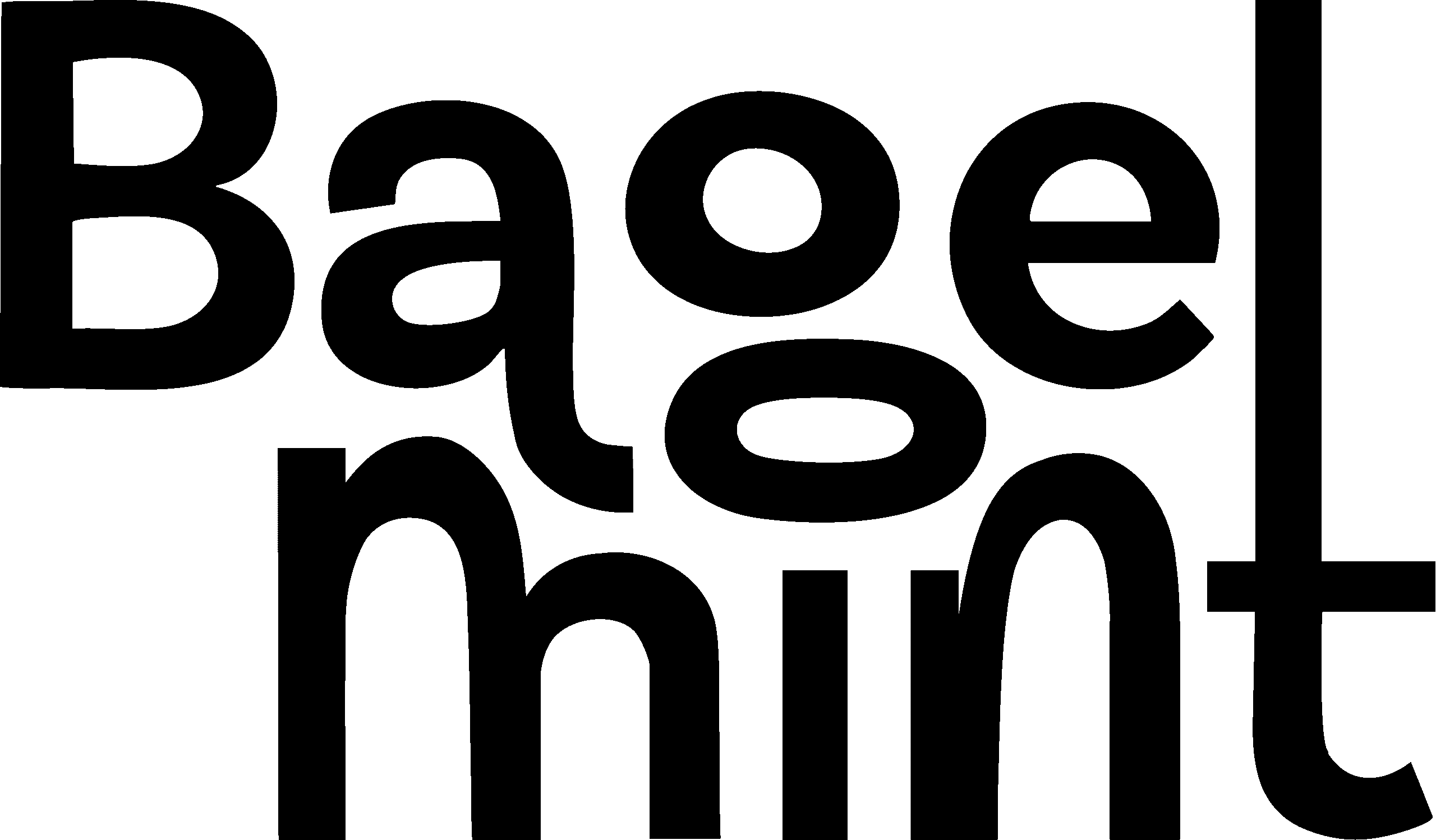Welcome to the final installment of our series on stock market investing! Having covered the fundamentals of what stocks are and how they move in “Understanding the Stock Market: A Beginner’s Guide,” and explored diverse stock types and protective strategies in “Mastering Stock Types and Protecting Your Investments,” we now turn our attention to the practical execution of trading. This article will guide you through the modern convenience of trading stocks from home, detail essential strategies for success, and clarify the crucial distinctions between traditional brokerages and modern proprietary trading firms, highlighting how these firms empower traders with significant capital.
How to Trade Stocks from Home
Thanks to remarkable technological advancements, trading stocks from the comfort of your home has become incredibly accessible to the average individual. The days of needing to be on a bustling trading floor are long gone. All that’s typically required now is a reliable online brokerage account, the necessary funds to invest, and a stable internet connection. This newfound ease has opened up investment opportunities to a much broader audience. Here’s a comprehensive, step-by-step guide outlining how you can effectively embark on your journey of trading stocks from the comfort of your own home.
Educate Yourself
Before placing your very first trade, dedicating sufficient time to fundamental self-education is paramount. Begin by mastering the basics of the stock market, including core terminology and how different market forces interact. Crucially, delve into understanding various types of market analysis, such as technical analysis (which involves studying price charts and patterns to predict future movements) and fundamental analysis (which evaluates a company’s financial health and intrinsic value). Equally important is grasping robust risk management principles to protect your capital. Numerous high-quality resources, including books, online courses, webinars, and reputable financial websites, are readily available to build this essential knowledge base.
Choose a Brokerage Platform
Selecting the right online brokerage platform is a critical step. Look for a broker that offers a user-friendly interface for intuitive navigation, ensuring a smooth trading experience. Evaluate their suite of robust research and analysis tools, which can include charting software, stock screeners, and professional reports. Carefully compare fees and commissions across different providers, as these can significantly impact your net returns. Transparency in their fee structure is vital. Don’t rush this decision; thoroughly research and compare features, customer support quality, and overall costs before committing to a platform that aligns with your specific trading needs and goals.
Open and Fund an Account
Once you’ve carefully selected a brokerage that meets your criteria, the next step is to open your investment account. This process typically requires you to provide essential personal information for verification purposes, such as your full name, address, date of birth, and Social Security number or tax identification number. After your account is approved, you’ll need to link your bank account or another funding source to deposit capital. Most brokerages offer various funding methods, including electronic transfers (ACH), wire transfers, or even checks. Ensure you understand the minimum deposit requirements and any associated transfer fees before initiating your first deposit.
Develop Your Trading Strategy
Developing a clear and well-defined trading strategy is essential for consistent success. First, determine your investment style: are you aiming to be a long-term investor (holding assets for years), a day trader (making multiple trades within a single day), or a swing trader (holding positions for a few days or weeks)? Your strategy will dictate your approach to market analysis. You might rely on fundamental analysis, focusing on a company’s financial health, industry position, and growth prospects, or primarily use technical analysis, studying price charts, indicators, and historical patterns to identify trading opportunities and predict future price movements. Your strategy should align with your risk tolerance and financial objectives.
Stay Informed
In the dynamic world of stock trading, continuously staying informed is non-negotiable for making data-driven decisions. Effectively utilize the analytical tools often provided by your brokerage, such as advanced stock screeners, sophisticated charting software, and real-time news alerts. These resources are invaluable for monitoring market trends, tracking specific company news, and staying abreast of economic developments that can impact stock prices. Regularly consuming financial news, analyst reports, and economic calendars will help you anticipate market shifts, identify potential opportunities, and confirm your trade hypotheses, ensuring every placed trade is backed by the most current and relevant information.
Practice with Demo Trading
Before committing your hard-earned capital to live trading, it is highly recommended—and often crucial—to practice with a demo trading account, also known as a paper trading account. Most reputable brokerages offer this feature, allowing you to simulate real market conditions using virtual money. This invaluable tool enables you to test and fine-tune your trading strategies without any actual financial risk. It’s a safe environment to become familiar with the trading platform’s interface, experiment with different order types, and assess the effectiveness of your analytical approaches, building confidence and refining your skills before transitioning to a live trading environment.
Differences Between Brokerages and Proprietary Firms in Stock Trading
While traditional brokerages have long served as the primary gateway to stock trading for individual investors, proprietary (prop) trading firms are increasingly making their mark in the stock trading space, a domain historically more associated with forex and futures markets. For aspiring traders, understanding the distinct operational models and characteristics of these two entities is crucial. Their fundamental differences in capital source, risk management, cost structures, and available support greatly influence a trader’s experience, potential for profit, and overall career trajectory. Differentiating between them empowers traders to choose the path that best suits their goals and risk appetite.
Capital Source
The origin of trading capital is a primary differentiator. With brokerages, individual traders are required to use their own deposited capital to fund their trading accounts. While some brokers offer margin accounts, allowing traders to leverage borrowed funds (which amplifies both potential returns and risks), the initial investment and ultimate responsibility for the capital fundamentally rest with the individual. In contrast, proprietary trading firms operate in a different manner. After successfully passing a rigorous evaluation or challenge phase demonstrating trading proficiency and adherence to risk rules, traders gain access to the firm’s capital, which can be substantial, often ranging from tens of thousands to hundreds of thousands of dollars.
Risk and Reward Structure
The distribution of risk and reward varies significantly between the two models. At brokerages, individual traders bear 100% of the financial risk for any losses incurred. Conversely, they retain 100% of the profits generated (before taxes). This direct relationship means losses directly deplete the trader’s capital, making stringent risk management critical. For proprietary firms, the dynamic shifts. The firm typically absorbs the trading losses, provided the trader strictly adheres to pre-defined risk management rules, such as daily drawdown limits. In exchange, profits are split between the trader and the firm, with traders commonly receiving between 50% and 80% of the profits.
Fees and Costs
The fee structures also present a notable difference. Many modern online brokerages have shifted towards offering commission-free trading for stocks, making it more affordable for retail investors to execute trades. However, some brokerages may still charge fees for advanced features, margin trading services, or inactivity. For proprietary firms, the primary upfront cost typically involves evaluation challenge fees. The aspiring trader pays these fees to attempt to pass the firm’s assessment. It’s crucial to note that these fees are generally non-refundable if the challenge fails. Therefore, thorough research into reputable firms with transparent pricing and fair trading conditions is essential before committing to an evaluation.
Support and Resources
The level and type of support and resources provided also diverge. Brokerages offer a standard suite of trading tools to their clients, including charting software, stock screeners, research reports, and access to market data. Many also provide general educational content and customer support channels. In contrast, proprietary firms often offer a much more integrated and intensive support system. Many offer extensive mentorship, structured training programs, and direct access to advanced trading platforms and proprietary analytical tools developed in-house by the firm. This enhanced support can be incredibly valuable for traders aiming to refine their skills and manage larger sums of capital effectively within a professional trading environment.
Writer Opinion
Now that you’re armed with this essential information, you can approach the stock market with newfound confidence. This guide has demystified what stocks are, explored their diverse types, and provided crucial strategies to protect your investments during volatile periods. You’ve also learned how accessible trading from home has become and understood the key differences between traditional brokerages and modern firms that can empower you with capital. The journey of making your money truly work for you, once a seemingly exclusive domain, is now firmly within your reach. Remember, continuous self-education, diligent research, and the consistent refinement of your trading strategies are the bedrock of long-term success. Embrace the learning process, stay disciplined, and manage your risk effectively at all times. Best of luck on your exciting trading journey!







